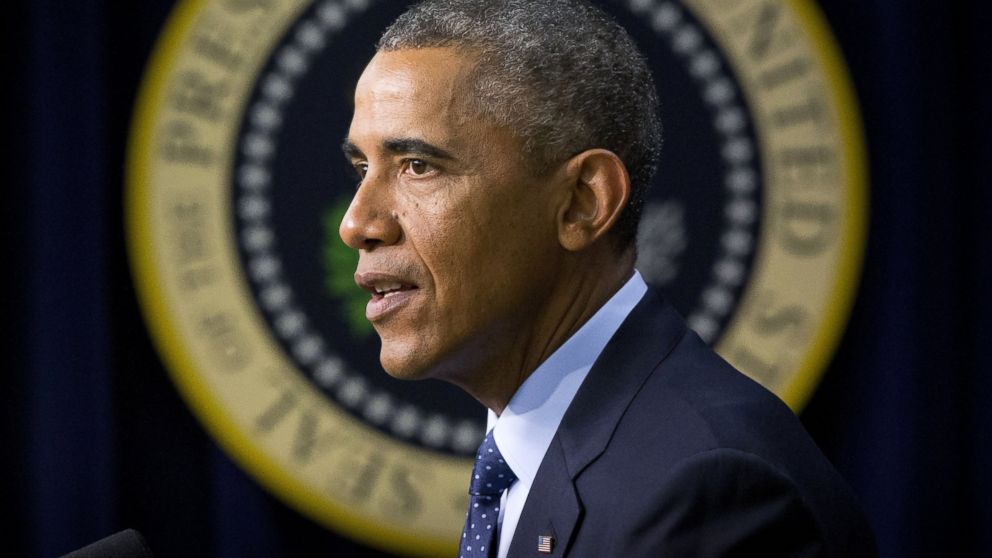Obama's Social Media Strategy Against ISIS Falling Short, Experts Say
White House waited too late to prioritize, critics argue.

— -- The Obama administration’s new drive to battle the ideology of ISIS using social media is falling short of expectations and its potential because the White House was late to the game, disregarded the work of the previous administration and hasn’t properly funded the effort, some experts and government officials say.
A major part of the new anti-ISIS tactics, run by the State Department’s Center for Strategic Counterterrorism Communications, is an English-language social media campaign called “Think Again, Turn Away,” which features rapid responses to pro-ISIS rhetoric and sarcastically toned YouTube videos intended to mock ISIS’ fundamentalist intentions. Some of the videos have been criticized as amateurish and ill-suited to their intended targets.
One recent “Think Again, Turn Away” video facetiously urged would-be jihadists to “run, don’t walk” to join ISIS and kill fellow Muslims. Tweets from the campaign’s Twitter handle, clearly branded a U.S. government effort, frequently include images, like an old picture, tweeted on Sept. 11 of this year, of the late Osama bin Laden hiding in his compound with the words “Would you throw away your life for those who hide far away?”
Such a tactic may have been effective with core al-Qaeda operatives, but less so with the more diffuse groups of today, critics say.
The tone and content of the “Think Again, Turn Away” postings do not appeal to the campaign’s key demographic, said James Glassman, the Bush administration’s last Undersecretary of State for Public Diplomacy and Public Affairs who worked with the 2008 Obama team as it transitioned into office, and who championed the use of diplomatic resources to counter extremism, in fact helping start a more informal version of the Center for Strategic Counterterrorism Communications.
“The kind of person who joins ISIS or AQ who’s in his late twenties is not a particularly rational person at that stage in his life. And to say, ‘Hey, think again’; I’m just a little bit dubious about it,” he said.
But former public diplomacy and counterterrorism officials from the Obama and Bush administrations say the program could be much more effective against ISIS now if the White House had been more supportive of its mission back in 2010, when officials from State, DOD, the intelligence community and elsewhere started working together to combat al Qaeda’s digital communications.
One former State Department official with knowledge of the formation of the Center for Strategic Counterterrorism Communications said the specialists working on this task sought to make it a permanent, more robust part of the State Department’s public diplomacy apparatus but the White House’s National Security Council originally wasn’t interested.
“They tried to cut it off at the knees at every step,” the official said of the NSC’s inertia on the issue.
After several false starts, the official said, then-Secretary of State Hillary Clinton intervened directly with President Obama, explaining to him the importance of having a centralized group dedicated to countering extremist ideology – mostly from al Qaeda at that point – on their own digital turf, including chat rooms and other digital forums.




